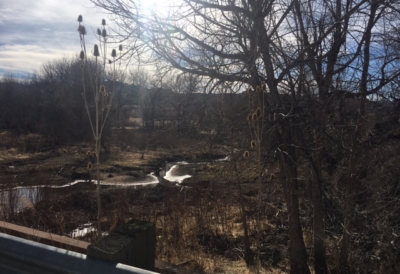The Common Teasel, also known as Fuller’s Teasel is a short lived yet somewhat inconvenient weed. In appearance the weed is fairly tall and relatively spiny. Possibly the easiest way of identifying the Common Teasel is that the weed has a very distinctive head which you may have seen before in floral arrangements.
The Common Teasel begins as a very close to the ground rosette for up to a few years. However once the plant is ready the rosette can very rapidly grow to form a tall stem which can be up to 7 feet
However it is very important to be careful when identifying the Common Teasel as there are two other very similar looking species of the Dipsacus family. The Cutleaf Teasel and Cultivated Teasel. Compared to the Common Teasel the Cutleaf Teasel has irregular dissected leaves and white flowers. The Cultivated Teasel on the other hand differs as the spines on the weed are shorter. Due to this potential for confusion and an incorrect identification it is always recommended that you get in contact with professionals so that issues with undesirable plants can be addressed efficiently and appropriately.
If you think you might have issues with the Common Teasel why not get in touch today? Contact SprayTech at 720.248.0000 for noxious weed control on your pasture, rangeland or native land.
Comments are closed.